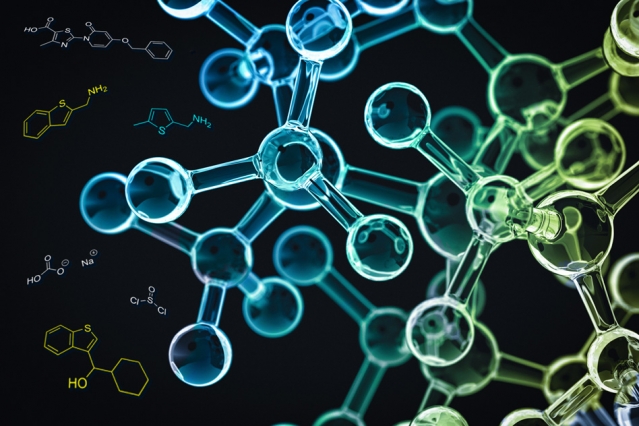In the current age, global warming is a crisis that needs to be addressed effectively. The emission of manmade carbon dioxide is a huge contributor to this issue. Every year, metric tons worth of carbon dioxide is released into the environment by anthropogenic means. This causes an increase in the global temperature and, if continued, will result in extreme ecological damage. Another important issue is the worldwide energy requirement and finding cheap and comparatively green sources of energy.
In this regard, a team from Boston College developed a method to convert carbon dioxide into methanol, based on reactions based on nature. This was done using a multi-catalyst system with high activity and selectivity, and it was achieved at the lowest reported temperature as of now.
The multi-catalyst system is made by installing multiple catalysts in a sponge-like crystalline porous material that is called a metal-organic framework. When the separate catalysts were kept locked in the metal-organic framework, the reaction proceeded smoothly. If that is not done, the reaction does not take place.

Schematic diagram of the process of conversion (Source)
The reaction proceeds in three steps. In the first step, carbon dioxide and hydrogen and hydrogen are converted into methanoic acid or formic acid by the first catalyst. After that, the second catalyst converts this formic acid into an ester. The third catalyst converts this ester into methanol. Typically, the first and third catalysts are incompatible together. But since they are kept separate by the porous framework, the reaction was successfully completed in a single vessel.
The catalysts were kept separated by employing techniques using host-guest chemistry, where a smaller “guest” molecule is encapsulated in a larger “host” structure. This approach is inspired by catalysts occurring in nature. Thus, a dangerous waste product is converted into renewable fuel.
This method was developed by Thomas M. Rayder, Enric H. Adillon, Jeffrey A. Byers and Chia-Kuang Tsung from Boston College.
You can read more here: Chem.
Journal reference:
Rayder, T. M., Adillon, E. H., Byers, J. A., & Tsung, C. (2020). A Bioinspired Multicomponent Catalytic System for Converting Carbon Dioxide into Methanol Autocatalytically. Chem, 6(7), 1742-1754. doi:10.1016/j.chempr.2020.04.008

